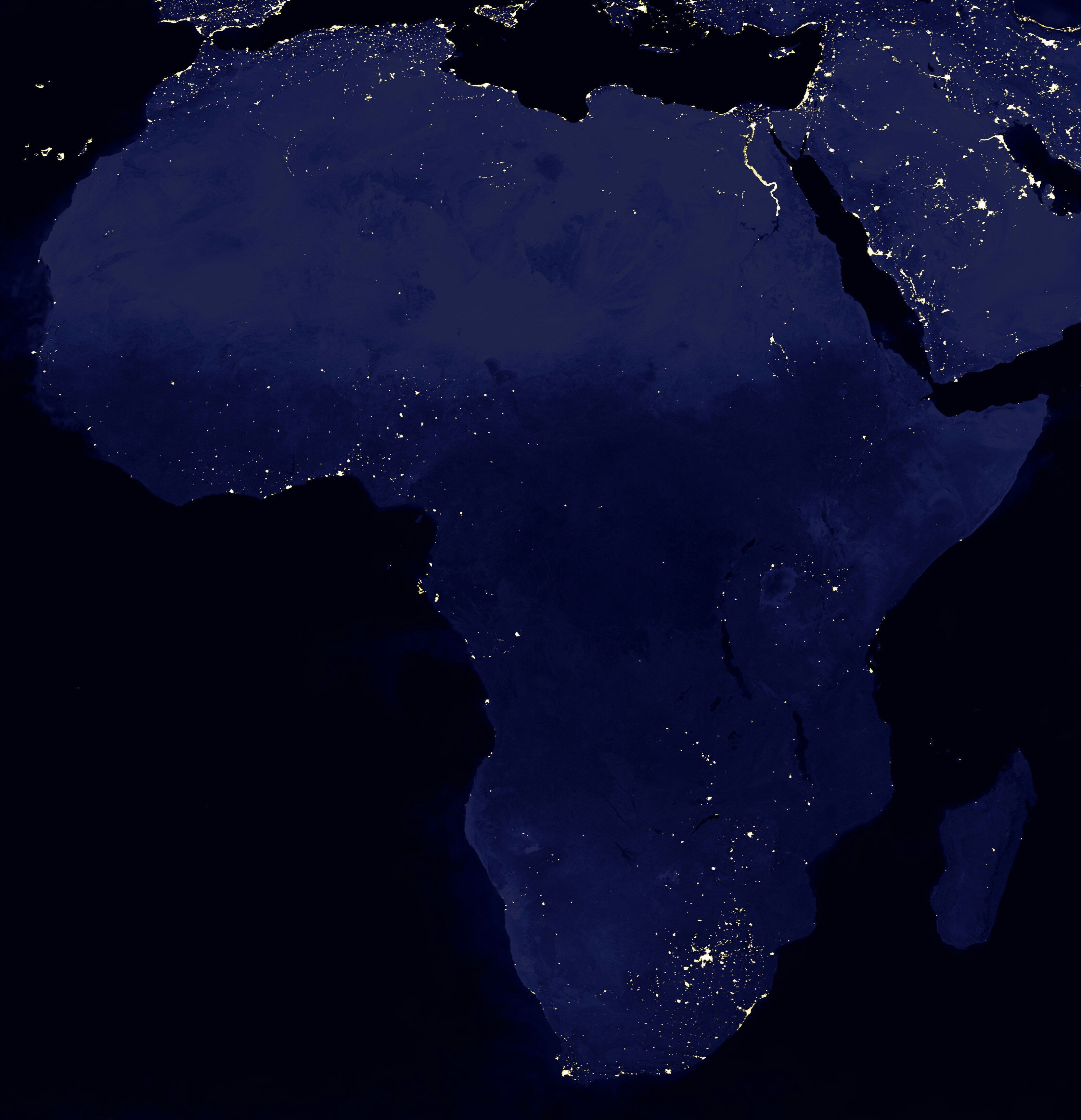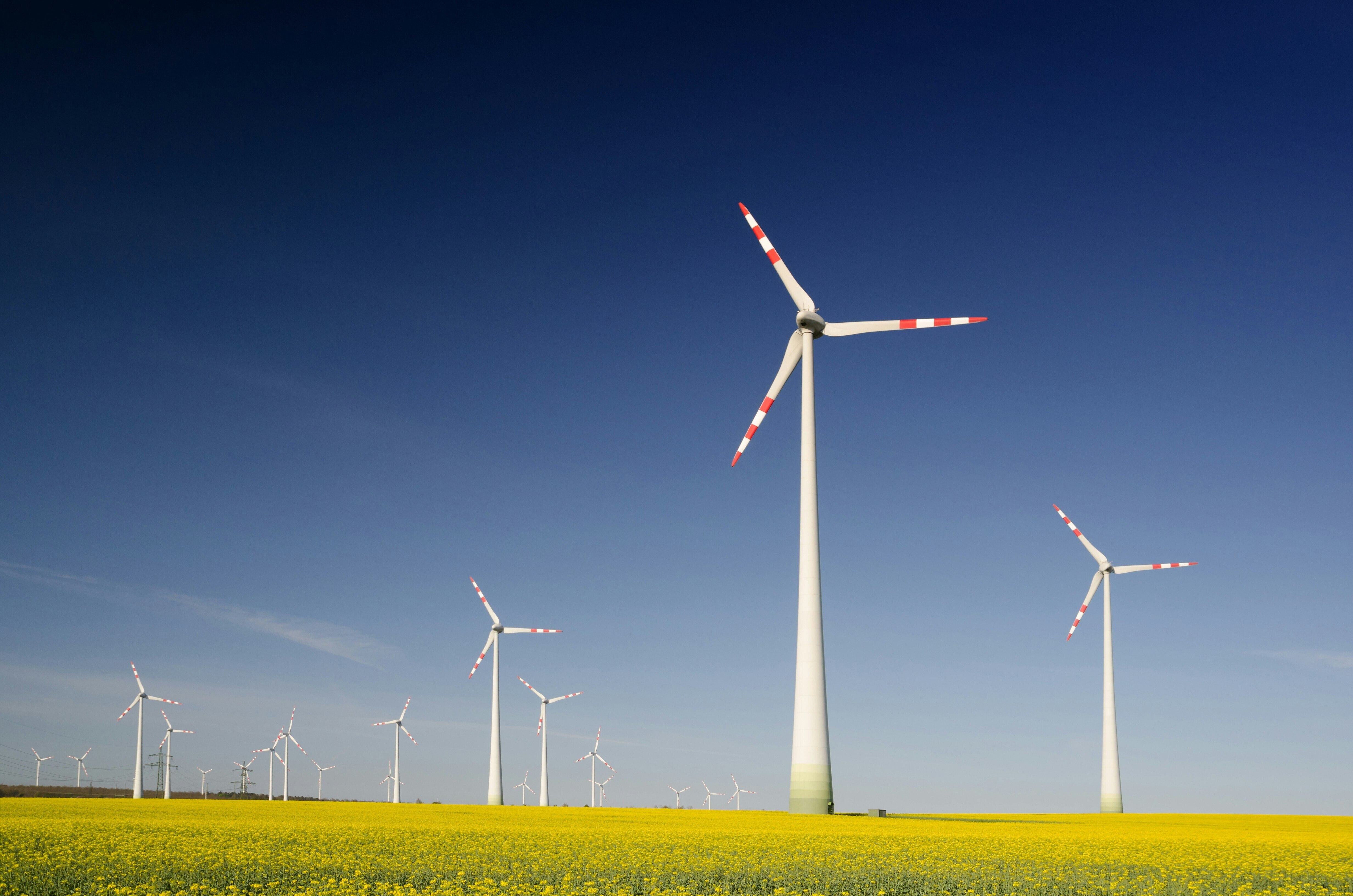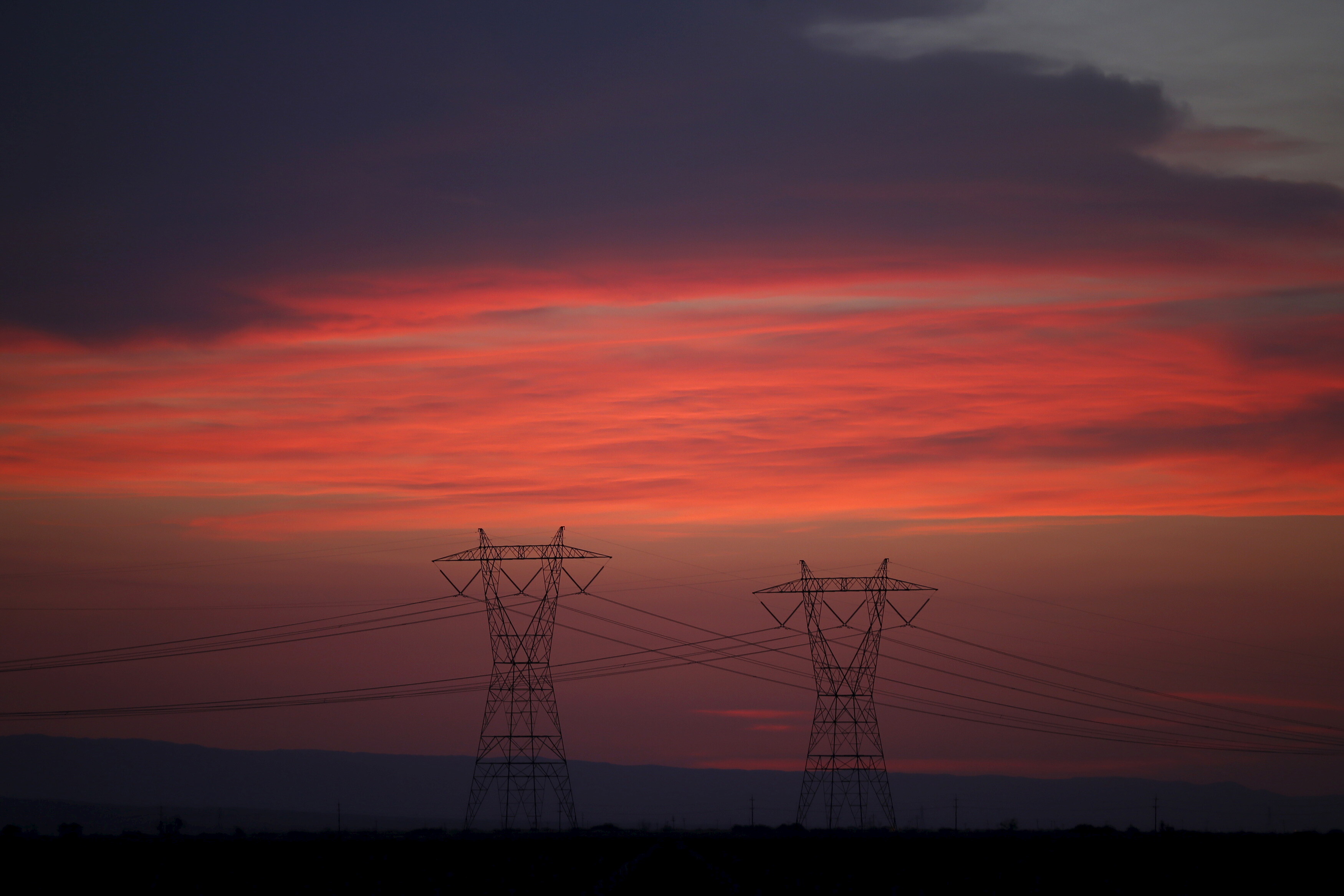In charts: The energy transition in 2025

The energy transition and race to net zero is evolving into a nuanced journey with each country charting their own course. Image: REUTERS/Vincent West
- The focus of the energy agenda is expanding to encompass all three pillars of the energy triangle: sustainability, security and equity.
- The World Economic Forum’s Energy Transition Index tracks countries’ performance across these three areas and transition readiness.
- The 2025 index shows momentum amid geopolitical and economic headwinds – here are four charts from the report that explore this landscape.
The global energy transition is entering a new era. Where once sustainability was considered the ultimate goal, today the focus of the energy agenda is expanding to encompass all three pillars of the energy triangle: sustainability, security and equity.
The latest Fostering Effective Energy Transition report from the World Economic Forum explores this landscape. Here are four key charts from the research that tell the story of the energy transition today.
1. Progress on the energy transition is recovering
The Energy Transition Index (ETI), which sits at the heart of the report, benchmarks 118 countries on their current energy system performance – in terms of equity, security and sustainability – and their readiness for the transition.
In 2025, after several years of slow momentum, overall global ETI scores improved 1.1% – more than double the rate of the past three years.
Driven by gains in affordability and sustainability, energy system performance rose by 1.2% to return to levels not seen since 2022. For the first time in recent years, it outpaced transition readiness, which rose by just 0.8%.
While overall momentum is encouraging, as the Forum report notes, there are questions around the durability of these gains against a backdrop of geopolitical upheaval and much economic uncertainty.
2. Average ETI scores vary significantly across regions
While average global scores are showing positive momentum, at a regional level the picture is more mixed.
Advanced economies continue to lead the transition with ETI scores about 16% higher than the global average. Emerging Europe, with scores at about 4% above the global average, is the fastest-moving region thanks to factors including infrastructure upgrades and improvements to education driving progress.
Emerging Asia sits at about 7% below the global average. It shows strong momentum in transition readiness but suffers from a continuing reliance on coal and a lack of diversification. Latin America, which records scores about 5% below the global average, is making gains in areas including infrastructure upgrades and a high penetration of renewables. Institutional volatility and gaps in financing for scaling up clean tech are among areas for improvement.
What's the World Economic Forum doing about the transition to clean energy?
The Middle East, North Africa and Pakistan (about 8% below the global average ETI score) are making strides in areas including solar and hydrogen. However, the region’s progress remains constrained by dependence on fossil fuels and grid inflexibility. And Sub-Saharan Africa is experiencing gains in areas like rural electrification and regulatory commitment. But factors including persistent underinvestment and institutional barriers constrain broader momentum, and the region’s ETI score is about 14% below the global average.
The insights show that the energy transition will not follow one uniform path – instead it will call for strategies tailored to local strengths and limitations.
3. Nordic countries continue to lead the transition
Advanced economies once again dominate the ETI rankings – they account for 16 of the index’s top 20 performers.
At the summit: Sweden, Finland, Denmark and Norway. All four of these Nordic nations built on their distinct national strengths to score highly across energy diversification, clean energy adoption, strong policy frameworks and reliable infrastructure.
In the number one spot, Sweden, with strong policies and a clean energy mix that includes biofuels & waste and nuclear, scores consistently across all three dimensions of the energy triangle.
These top performers consistently demonstrate how effective and resilient energy transition pathways can look.
4. Energy security is a vital but slow-moving pillar
Energy security – the continuous availability of energy sources at a reasonable price – relies on an energy system that is reliable, diversified and resilient. As a prerequisite for economic stability, national resilience and societal wellbeing, it is a vital aspect of the energy transition.
Over the past decade, security has improved modestly thanks to progress in diversification, grid resilience and reduced exposure to supply risks. In the 2025 ETI, however, energy security is the slowest-moving pillar.
Again, the picture varies across regions. While some, including the US, have achieved strong performance through diversified energy portfolios and robust infrastructure, others are exposed to supply disruptions and suffer with grid flexibility.
This aspect of the energy transition will remain central to national and corporate strategies, especially as geopolitical uncertainties continue. To keep pace with such volatility, this dimension must accelerate, the report says.
Today, energy is much more than a climate issue – it is central to economic competitiveness, industrial policy and national security.
The race to net zero is evolving into a nuanced journey with each country charting their own course. As the ETI report concludes, success will depend on nations creating resilient, investment-ready and collaborative approaches to the transition.
Don't miss any update on this topic
Create a free account and access your personalized content collection with our latest publications and analyses.
License and Republishing
World Economic Forum articles may be republished in accordance with the Creative Commons Attribution-NonCommercial-NoDerivatives 4.0 International Public License, and in accordance with our Terms of Use.
The views expressed in this article are those of the author alone and not the World Economic Forum.
Stay up to date:
The Net Zero Transition
Forum Stories newsletter
Bringing you weekly curated insights and analysis on the global issues that matter.












